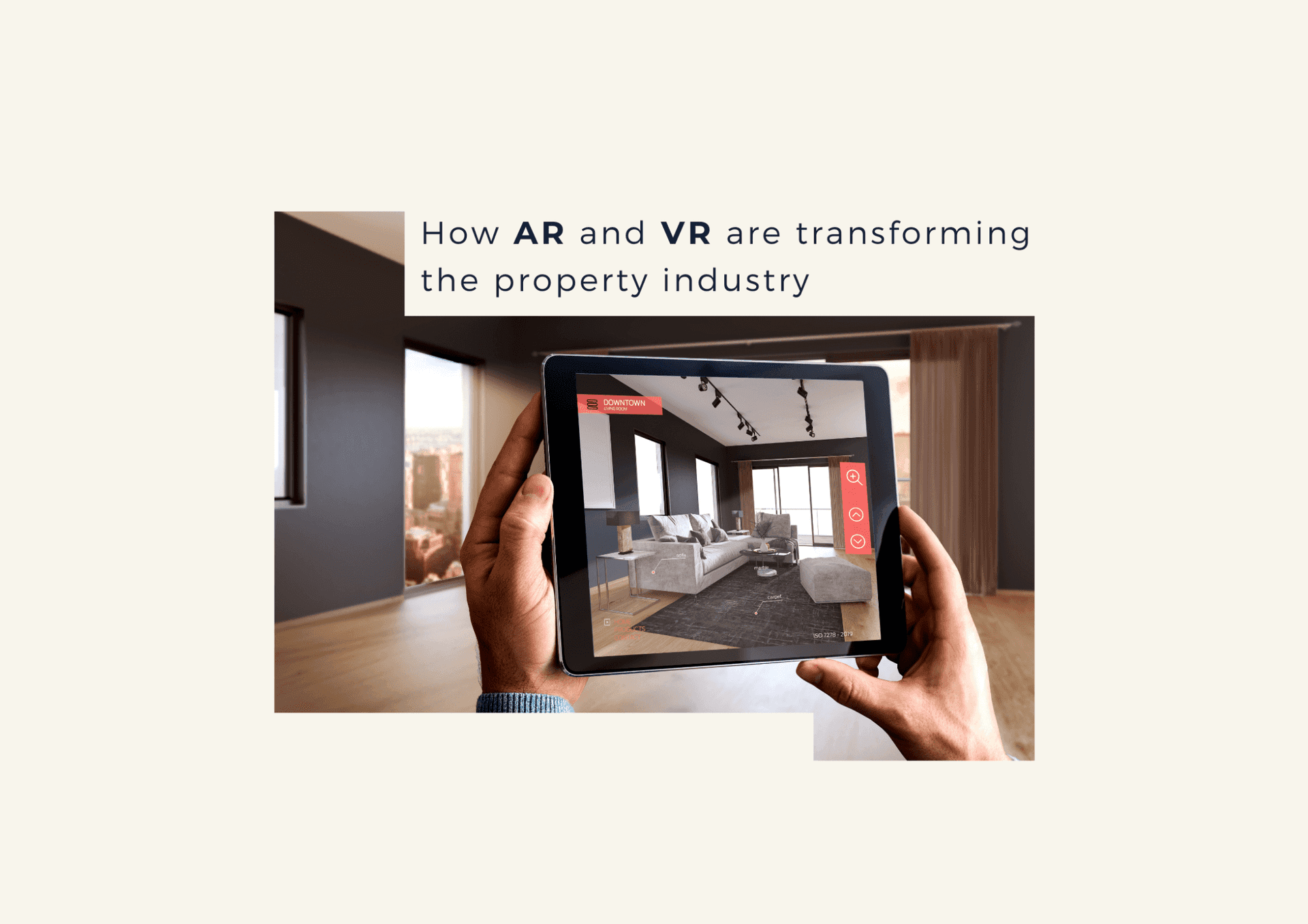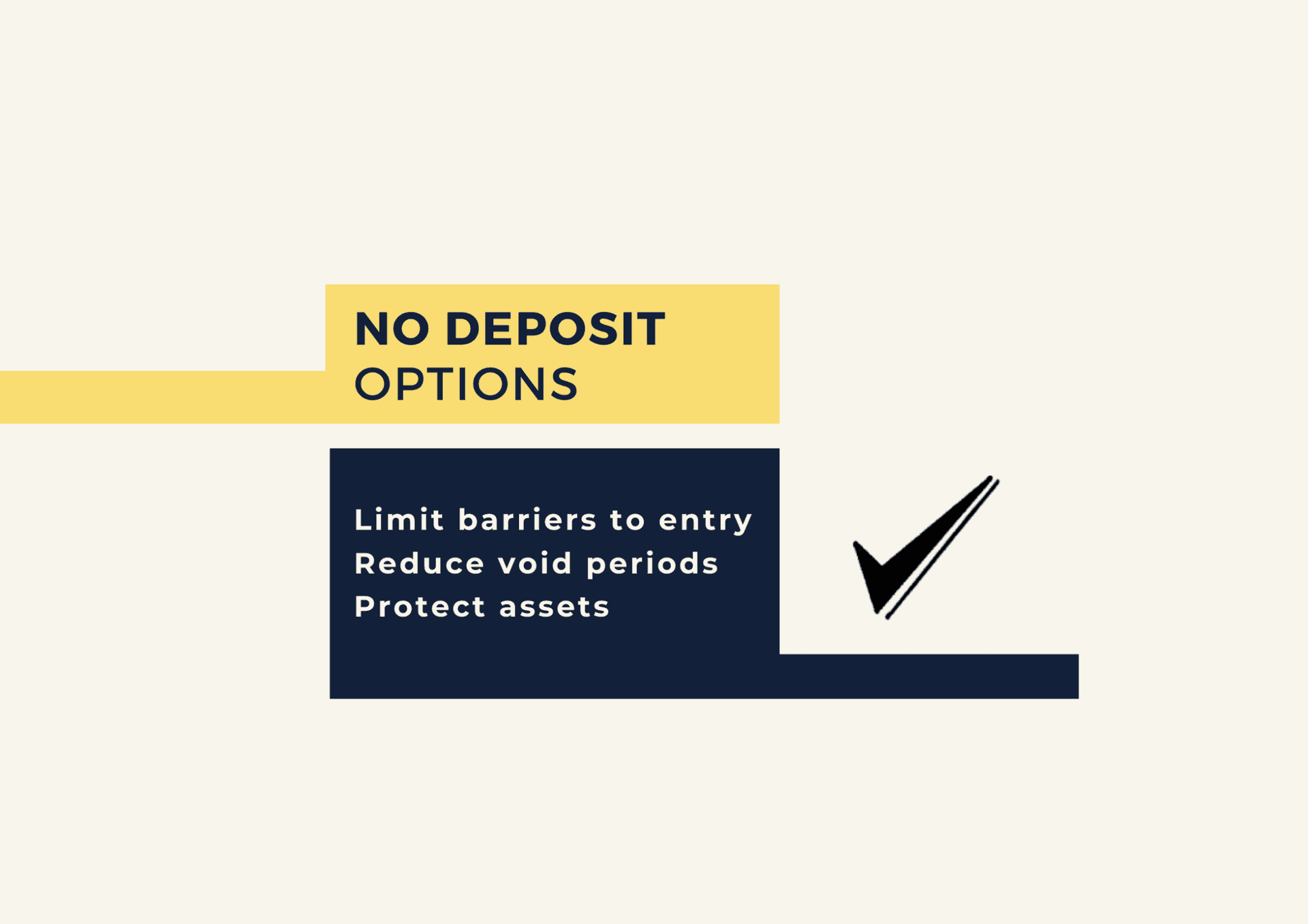Share
Fleets of autonomous vehicles (AVs) becoming the new normal sounds a bit like something out of a sci-fi movie. We’re probably still some years away from seeing this in full force, but one thing’s for sure – with huge amounts of investment pouring into research and development by powerful brands such as Tesla, Apple and Google, it’s the direction the automotive industry is headed.
While it’s difficult to predict exactly how AVs will develop, judging by how technology is evolving it’s likely that they’ll work in a way that reflects the needs of the modern consumer; focusing on flexibility and convenience.
AVs aim to steer people away from privately owned vehicles and towards public ownership, letting individuals decide what type of vehicle they want (as well as its size) depending on what they need it for. It sounds promising, but future AVs will be totally dependent on urban design and road systems. If publicly owned AV fleets are the way forward, urban spaces will need to be totally redesigned – exciting news for property investors.
Historically, the way we travel has shaped the environment we live in. In most cities, parking is a huge use of land. You could even argue that cities are built for cars just as much as they are for people. But what happens to this land once AVs become the new normal?
Enter property investors.
Mass adoption of AVs in the not-too-distant future presents some major opportunities for property investors who are innovative (and quick) enough to take advantage of them – that’s why we’ve created this brief set of considerations when thinking of ways to capitalise on changes to the urban landscape due to AVs…
Reclaimed parking
Experts predict that one major opportunity will be reclaimed parking space. Currently, people tend to park right next to where they need to go, taking up huge amounts of valuable, prime city centre space.
With AVs, the need for parking, at least in the way we know it today, will be greatly reduced. Say goodbye to cars sitting idle for hours on end and taking up valuable space in the city centre or at their destination.
But AVs still have to park somewhere, don’t they?
While they still need to park, the process would be very different – they could keep on driving by returning back home or continuing to the next set of passengers for another trip. Or they could drive themselves to a dedicated car park somewhere outside the city, optimised and far more space efficient than their traditional counterparts.
Some experts predict that the need for parking spaces as we know them today could drop by as much as 90%. Huge. So, starting to think about how to repurpose these spaces into commercial, residential or green space now may help you get ahead of the game.
London’s population of 9 million is set to increase to around 11 million by 2050, an increase of more than 20%. The conversion of car parks into residential units could signal a significant opportunity.

According to JLL, up to 75,000 new homes could be converted from existing car parks in London alone. Across the UK, they identified 200,000 homes that could be built using car parks under the control of local authorities, 145,000 homes from privately owned car parks and 25,000 new homes from railway operator owned car parks.
John Lewis has already recognised this opportunity and have recently revealed plans to convert a number of its car parks into 10k residential units over the next decade.
Location
If AVs succeed in making travel more convenient, flexible, accessible and affordable, the current value model that favours prime locations over other factors such as property size and outdoor space could become a thing of the past. This trend has already been set in motion, due in part to the pandemic and the effect it has had on attitudes, culture and preferences – just look at flexible working.
This highlights the ever-growing importance of high-quality, functional properties on the returns you can get – even for units in prime locations.
Don’t get stuck in the transition period
We keep talking about the potential final result on the urban landscape when it comes to AVs, but more attention should be given to the transition period. Importantly, what happens if you’re stuck in the in-between and haven’t effectively future-proofed?
Several questions are key here.
How quickly will this change come about? Will it be gradual, or will we experience dramatic change over a very short period of time? And what will the consequences of these be?
Unfortunately, no one knows the answers to these questions yet. How AVs develop and become widespread depends on governments and the direction and incentive they provide to developers. Governments have extensive regulatory power over how land is used, and this will be key in shaping how cities are redesigned to accommodate for widespread use of AVs. But as a property investor, it’s important to keep AV development on your radar so that you can identify potential threats and prospective opportunities now and better prepare (and take advantage) for when the disruption happens.
Big changes ahead
We’re already seeing glimpses of what the future might hold; just look at adaptive cruise control, lane assist, intelligent parking assist systems, the rise of e-hailing apps like Uber, and pilot testing of AV fleets in North America and Europe, not to mention the market entry of Tesla.
But while we know what the general direction is, we’re not 100% sure when we’ll get there or how. What we do know, however, is that getting there will disrupt the status quo significantly, rippling into all industries, including real estate.
At City Relay, we’re constantly surveying the future business environment and working hard to ensure that our partners are best prepared to benefit from rapid change and source the best opportunities with highest yields. For more information, get in touch today.













